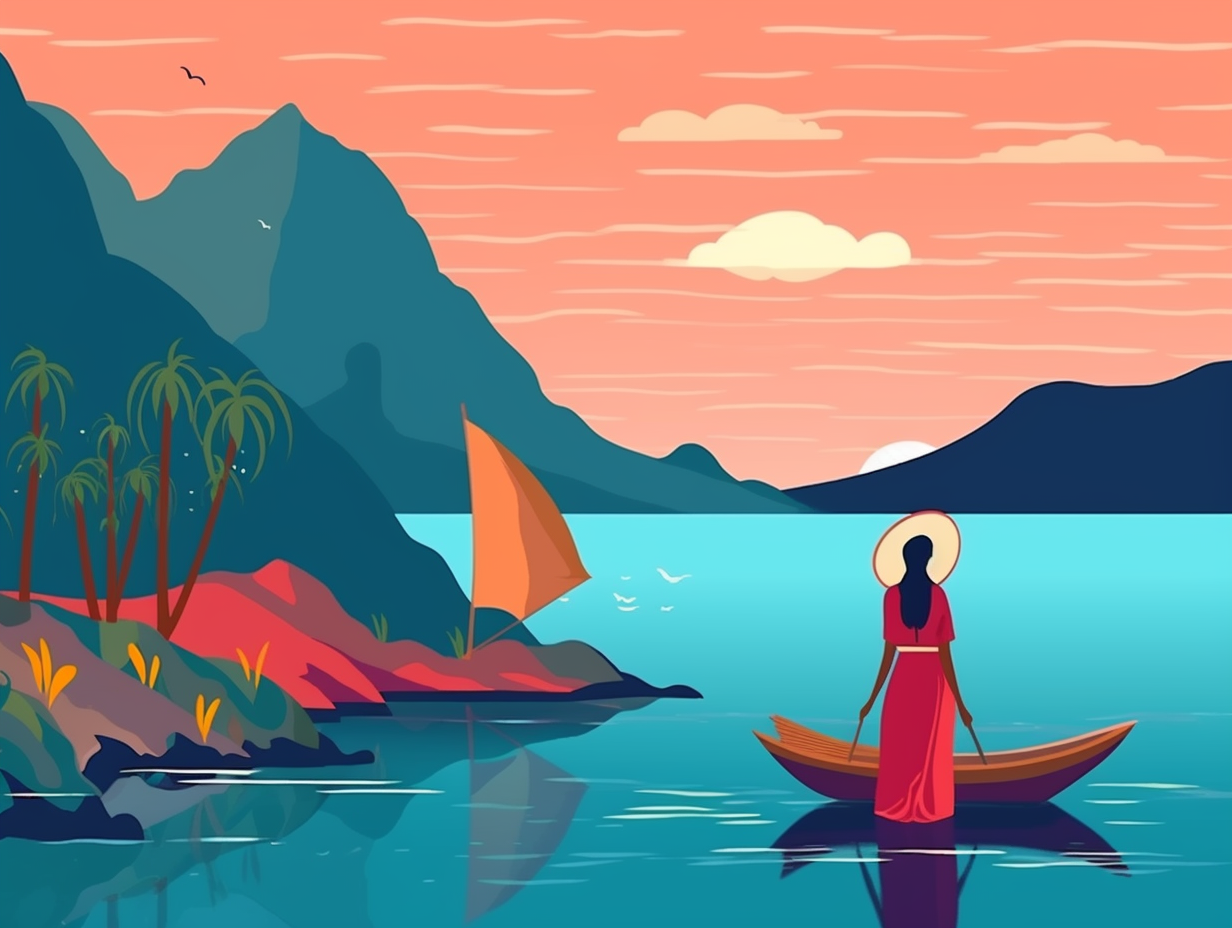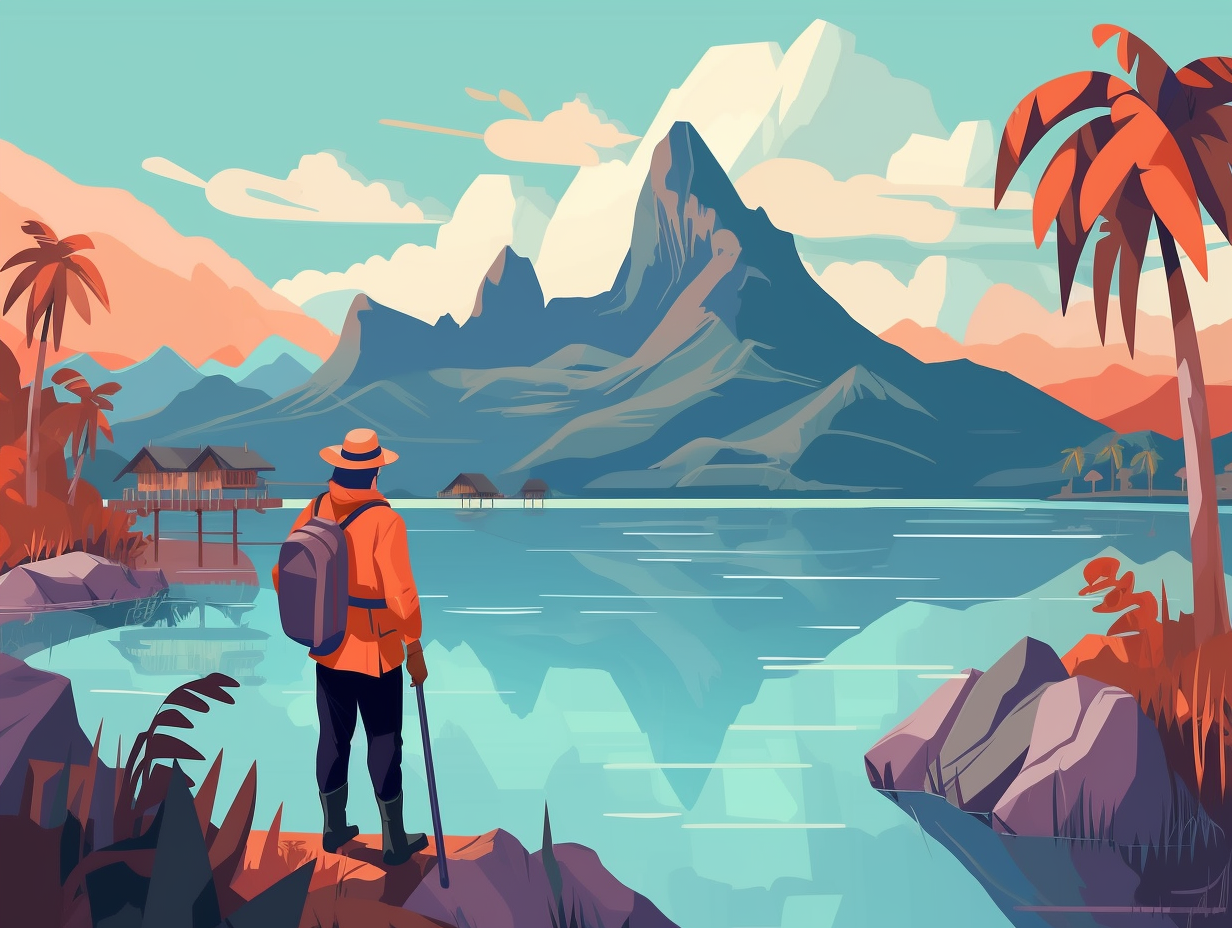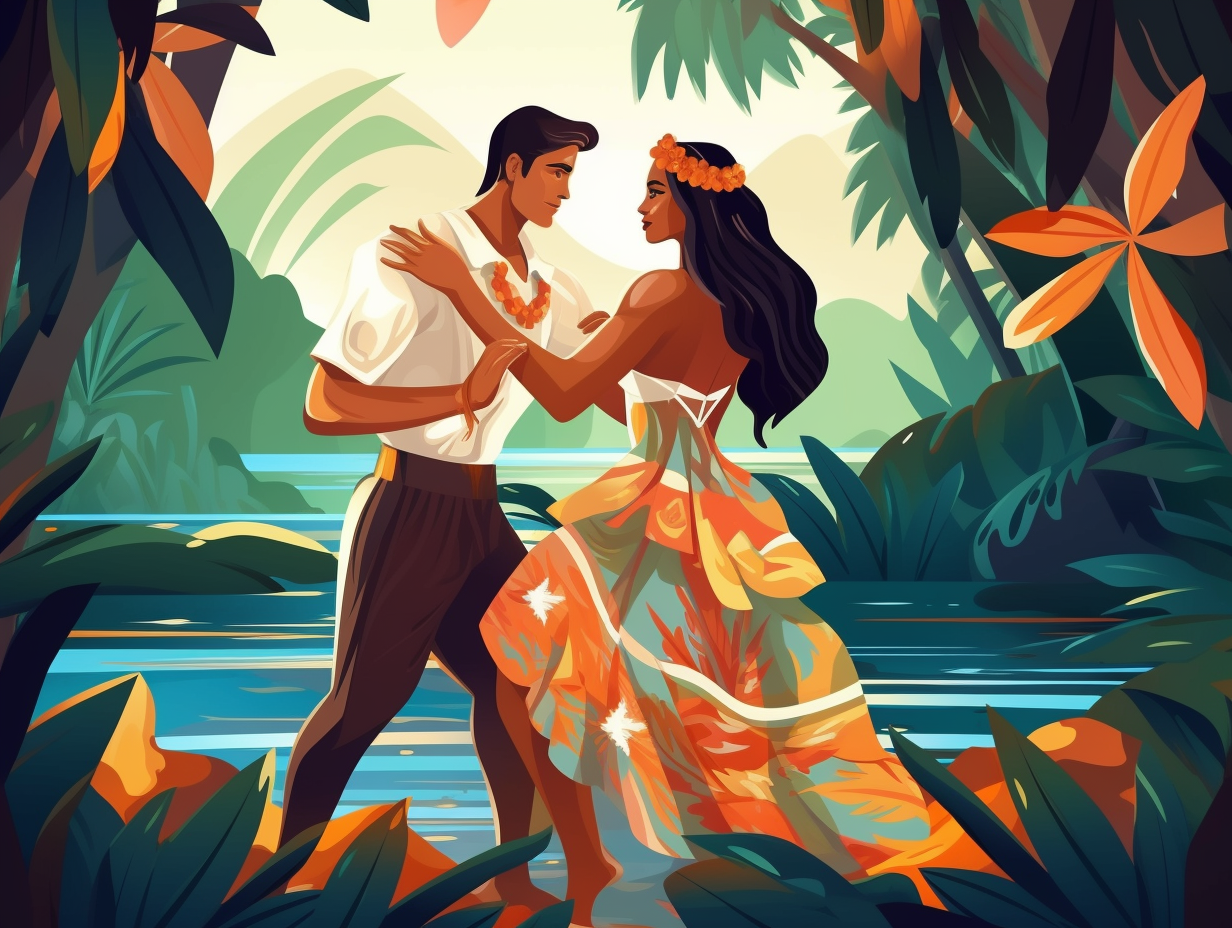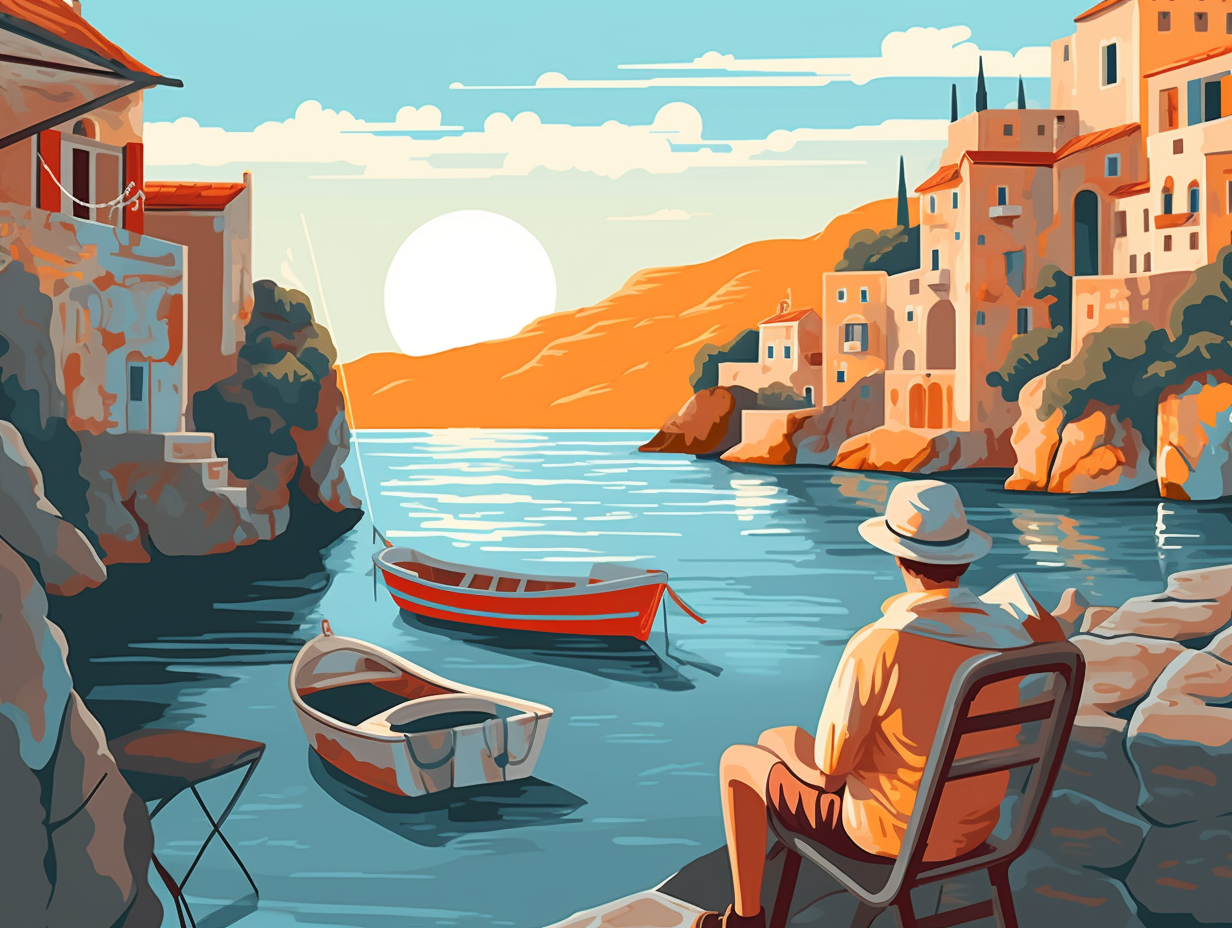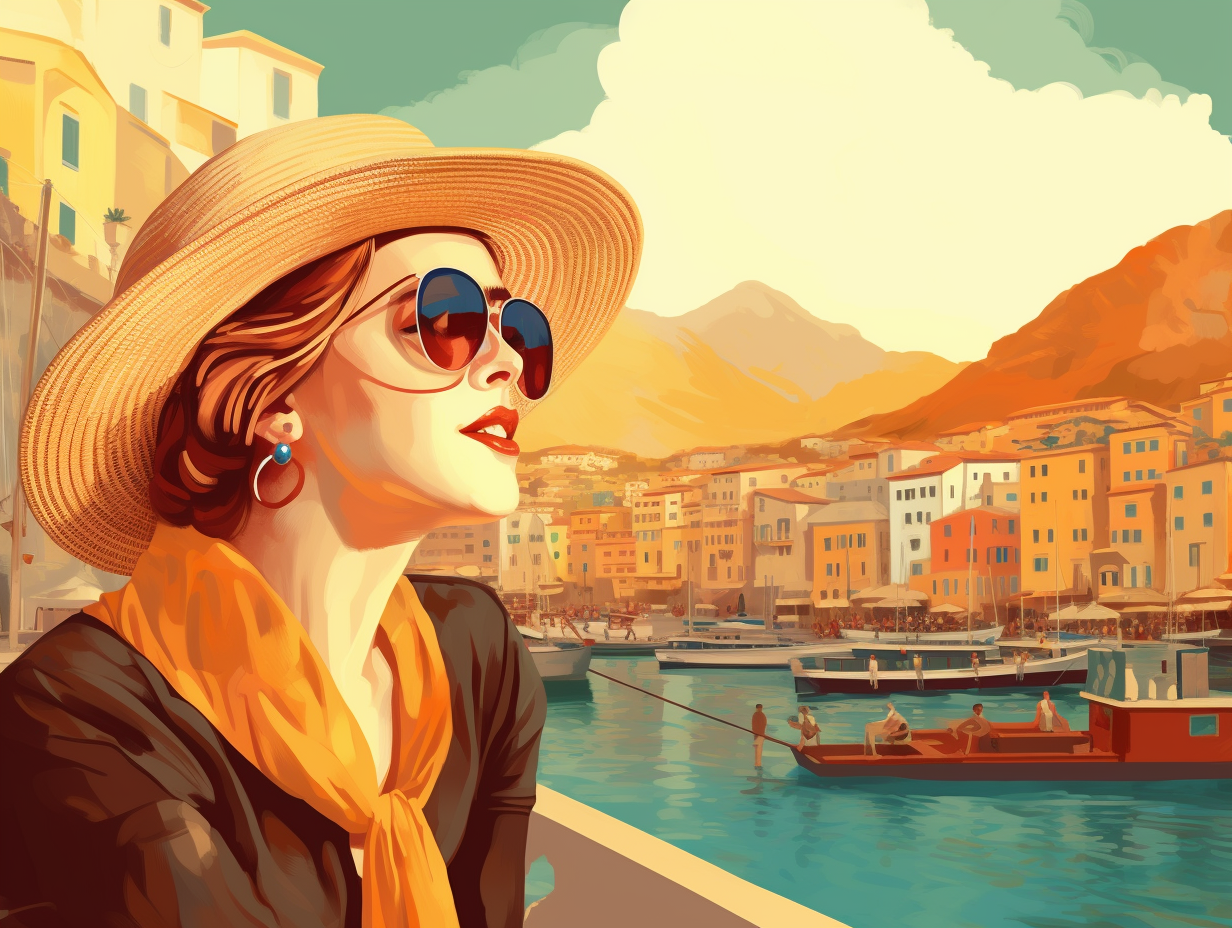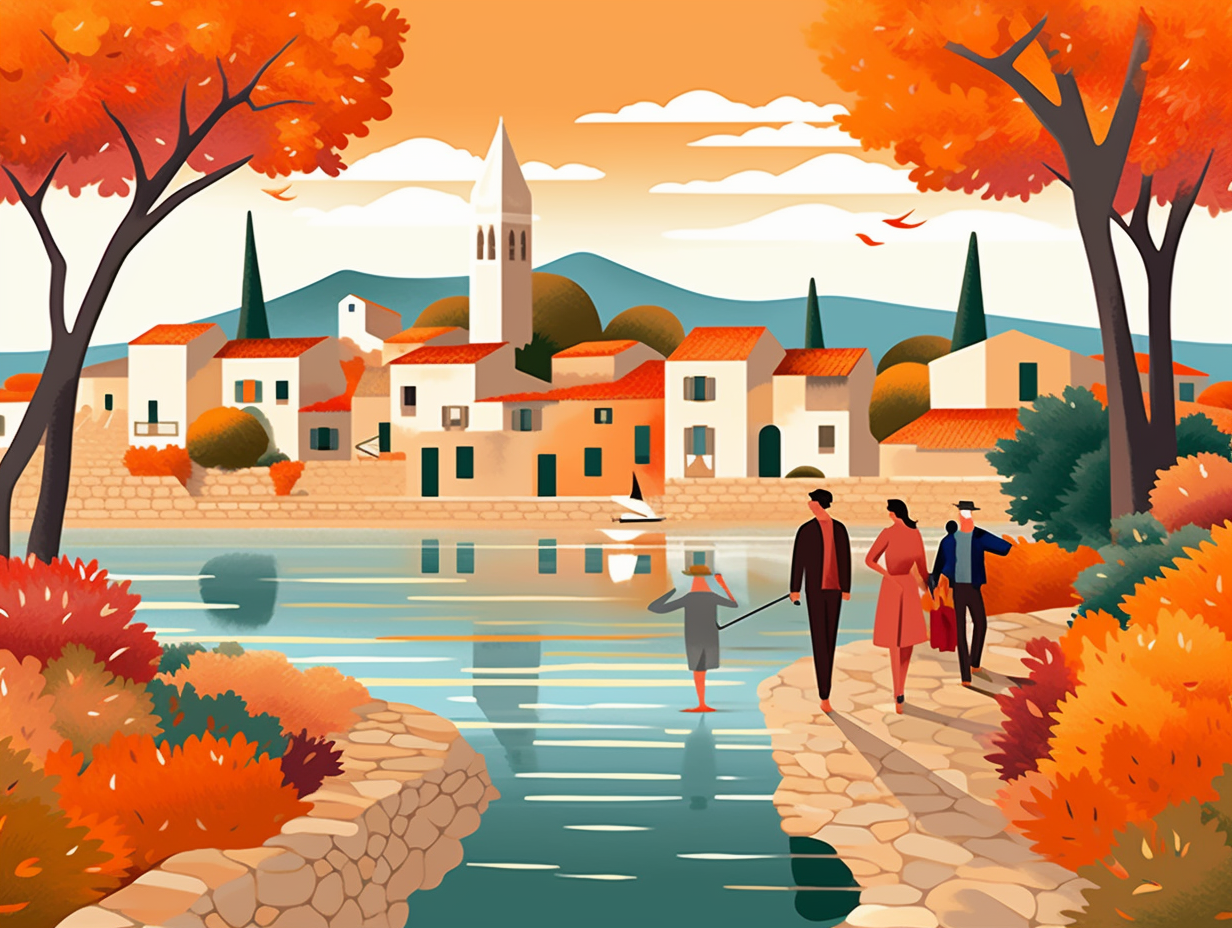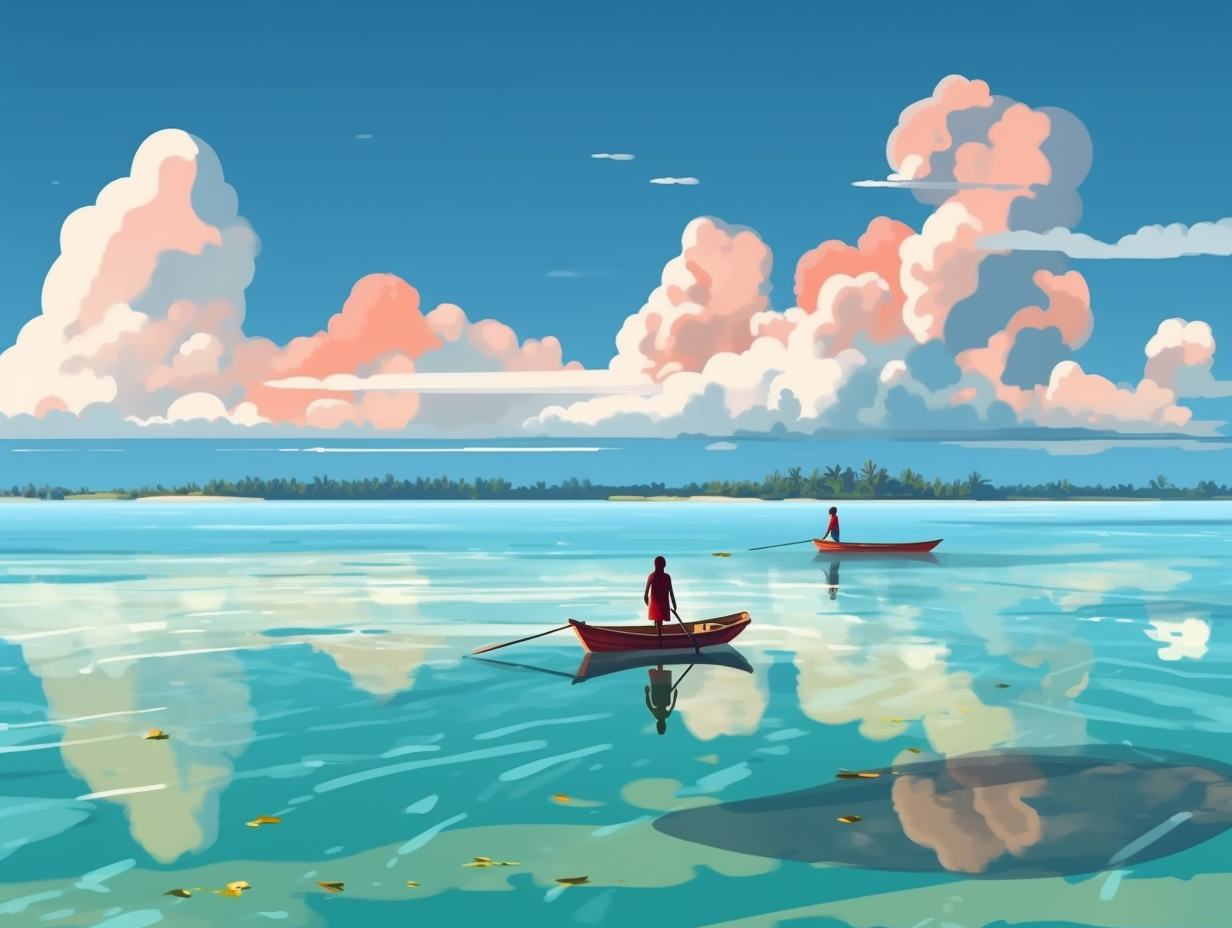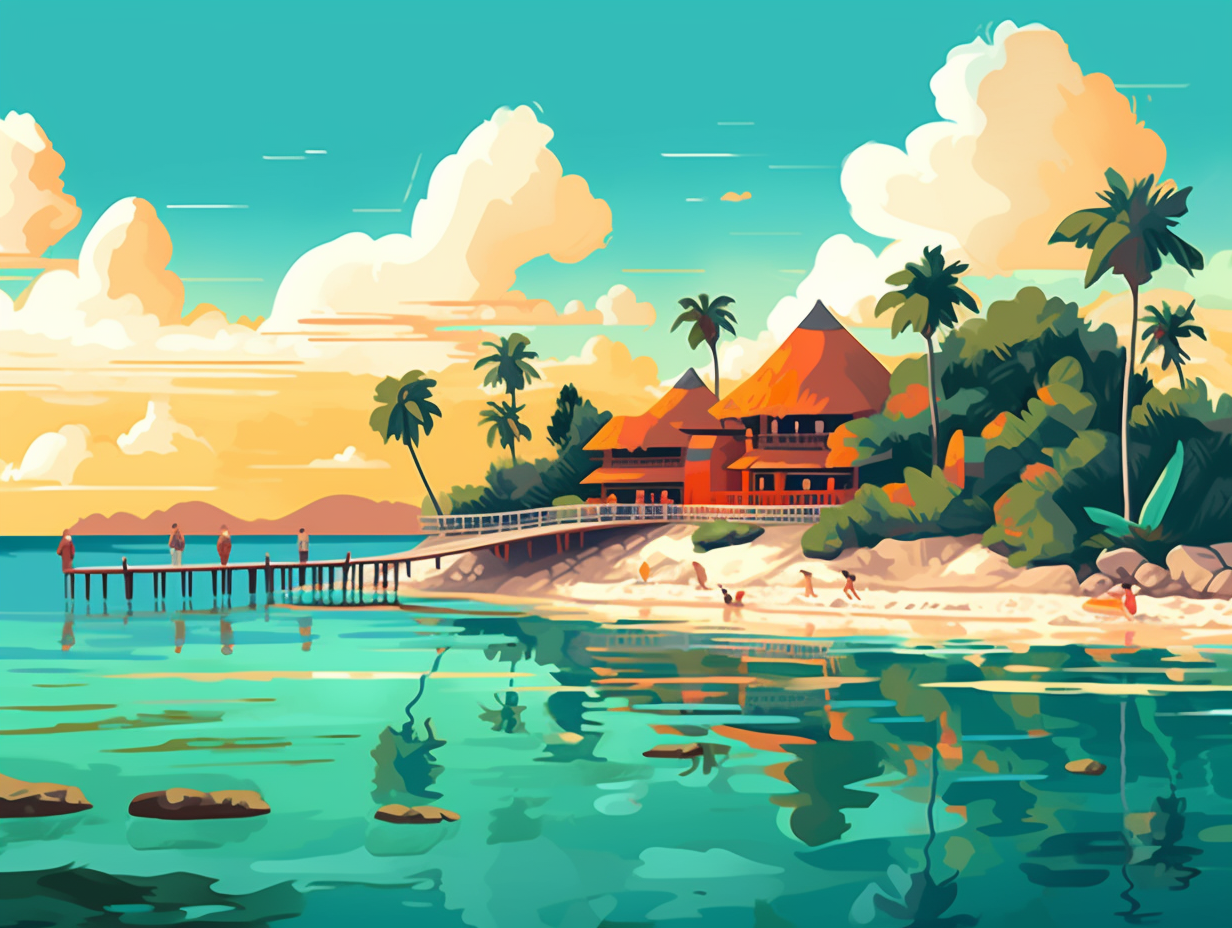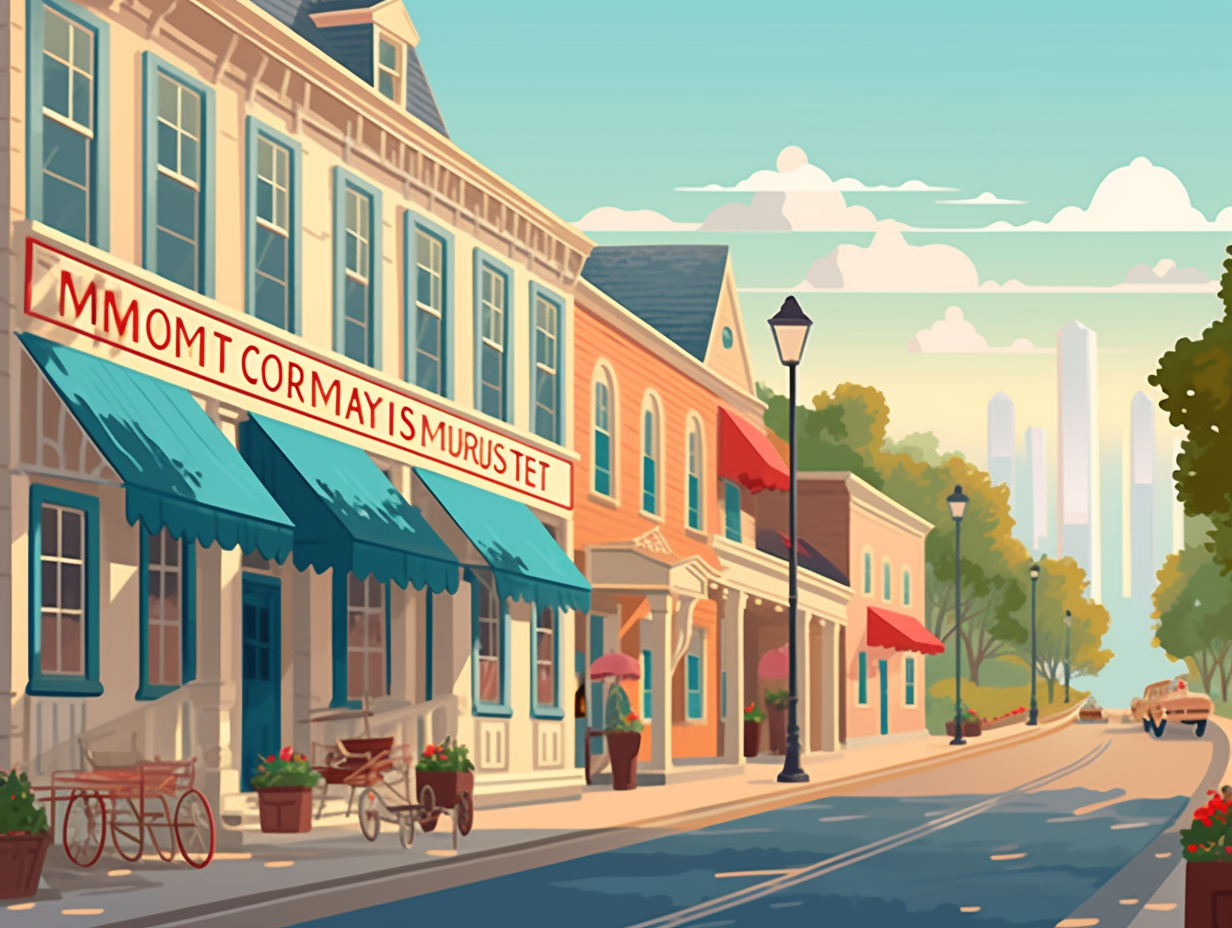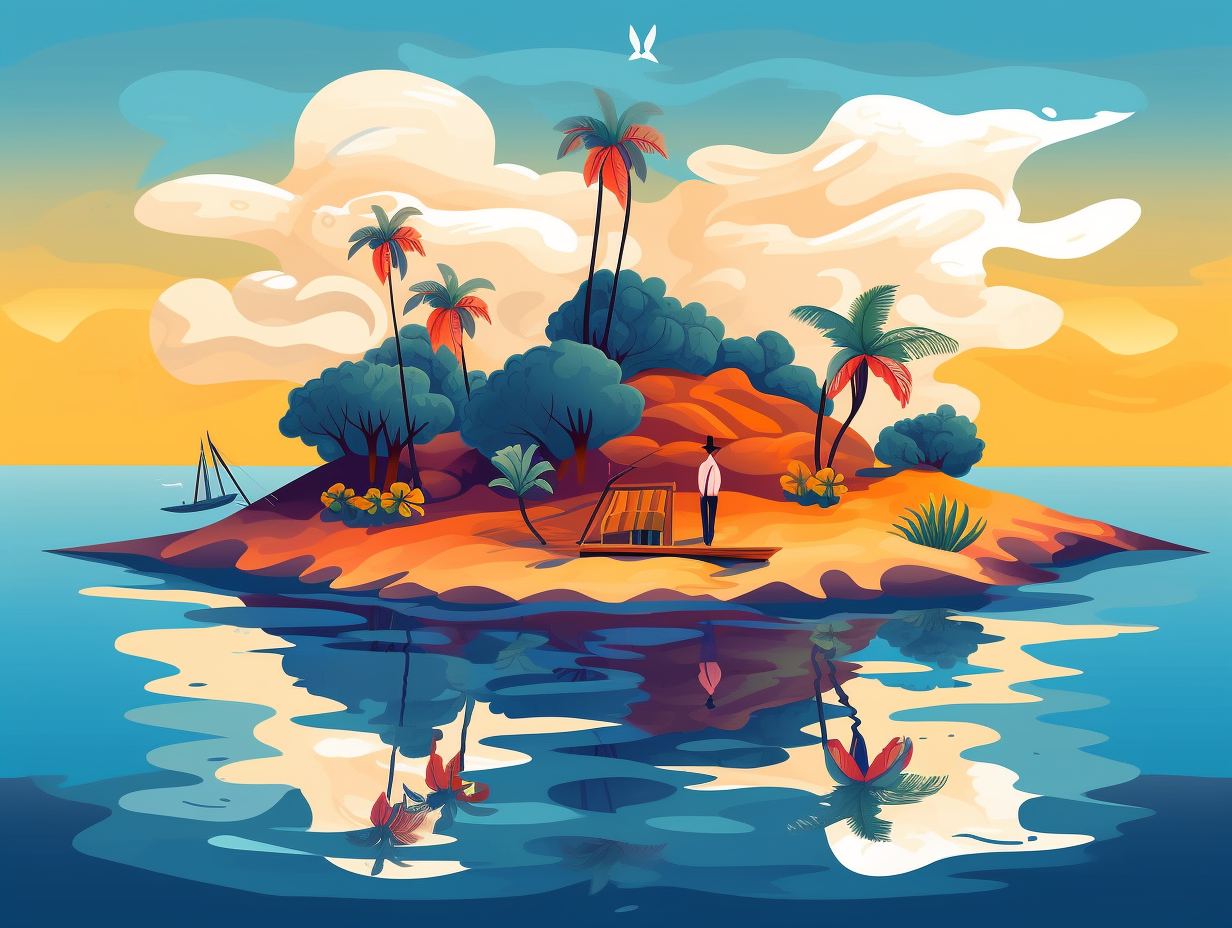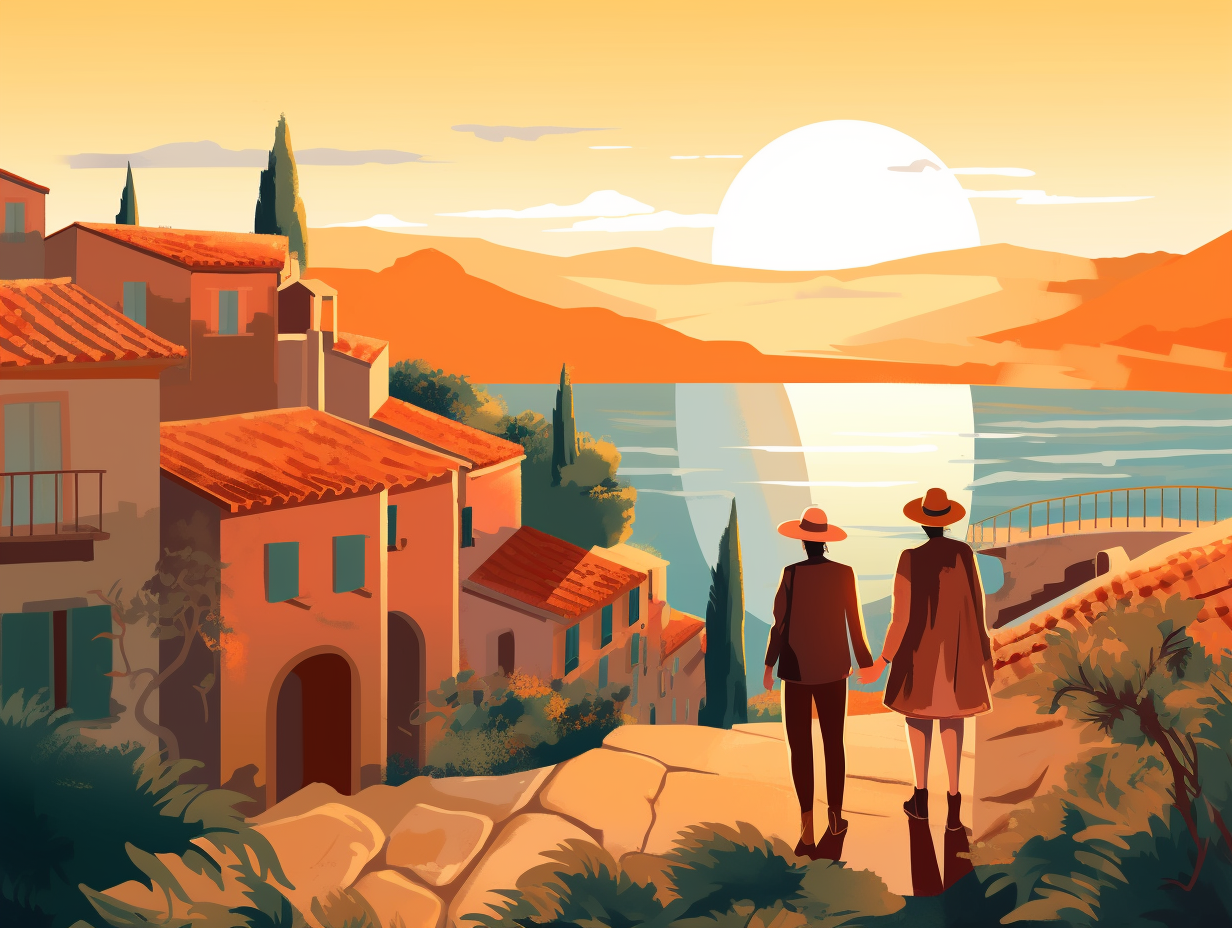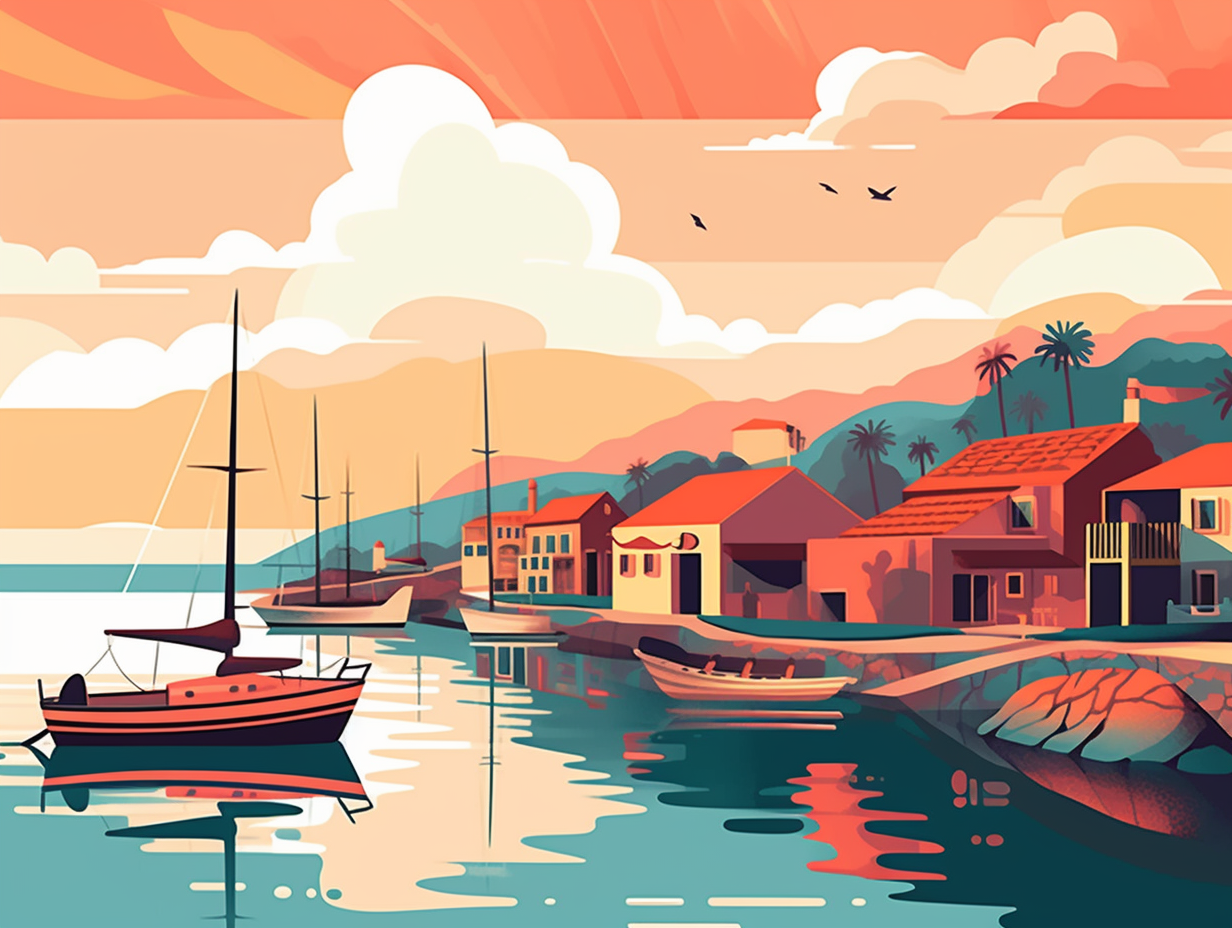Discover the Mysteries: Top 15 Fun Facts About Easter Island You Won't Believe!
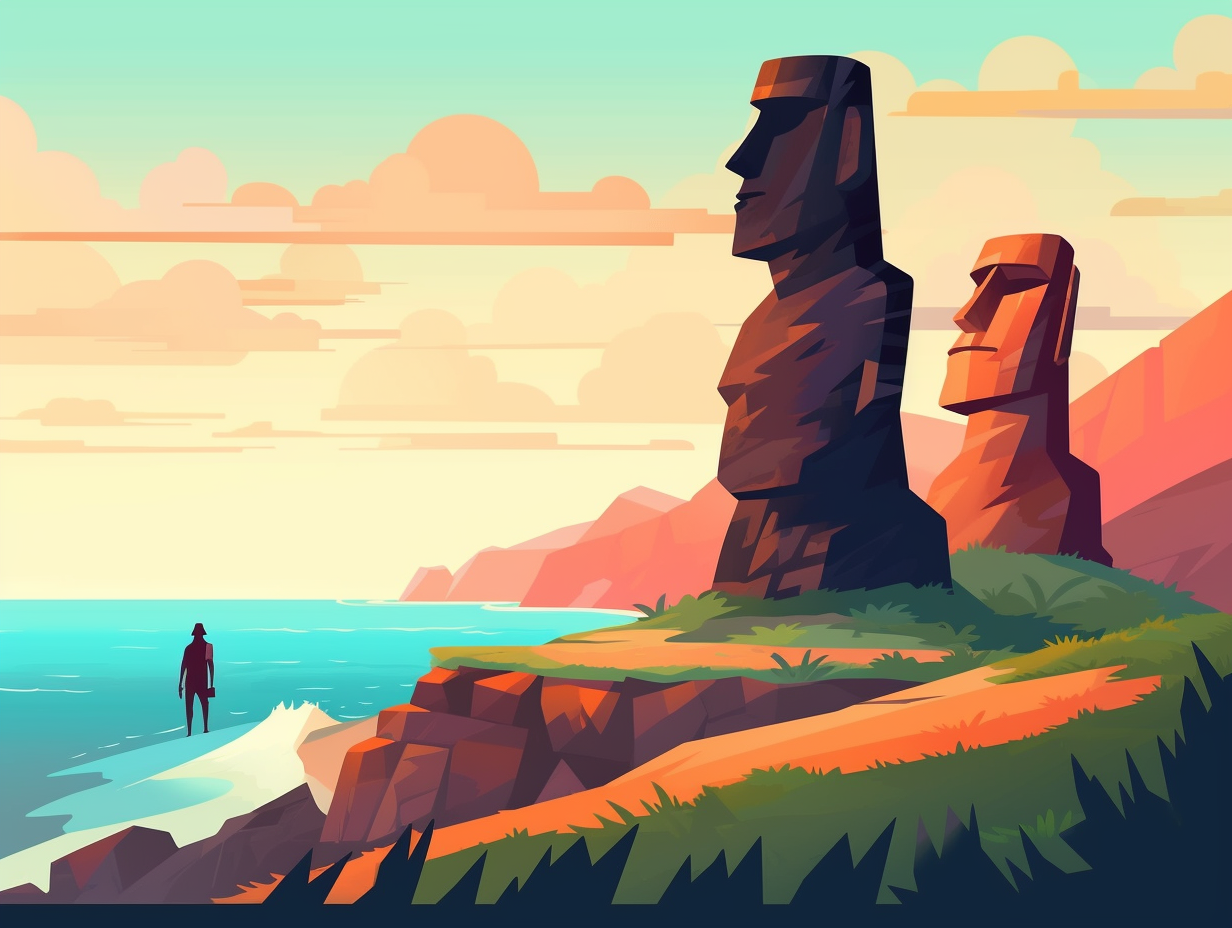
1. Easter Island's Accidental Name
Imagine a magnificent island bash thrown by the world's most terrible party planner: the Dutch explorer who gave the island its name just because he happened to discover it on a certain holiday. Oopsy-daisy: It turns out that the people of Easter Island didn't have a name for themselves or their island, and the name "Easter Island" was given by said Dutch explorer who arrived on Easter Sunday in 1722. The native name for the island is Rapa Nui, which refers to both the island and its people.
Source => pbs.org
2. Moai Moving Mishaps
Next time you're moving, be glad you don't have an island full of moai to deal with: only 32% of Easter Island's colossal statues ever reached their intended destinations, while the other 397 remain as a testament to grueling transportation, diminishing resources, and an unfinished fashion show.
Source => pbs.org
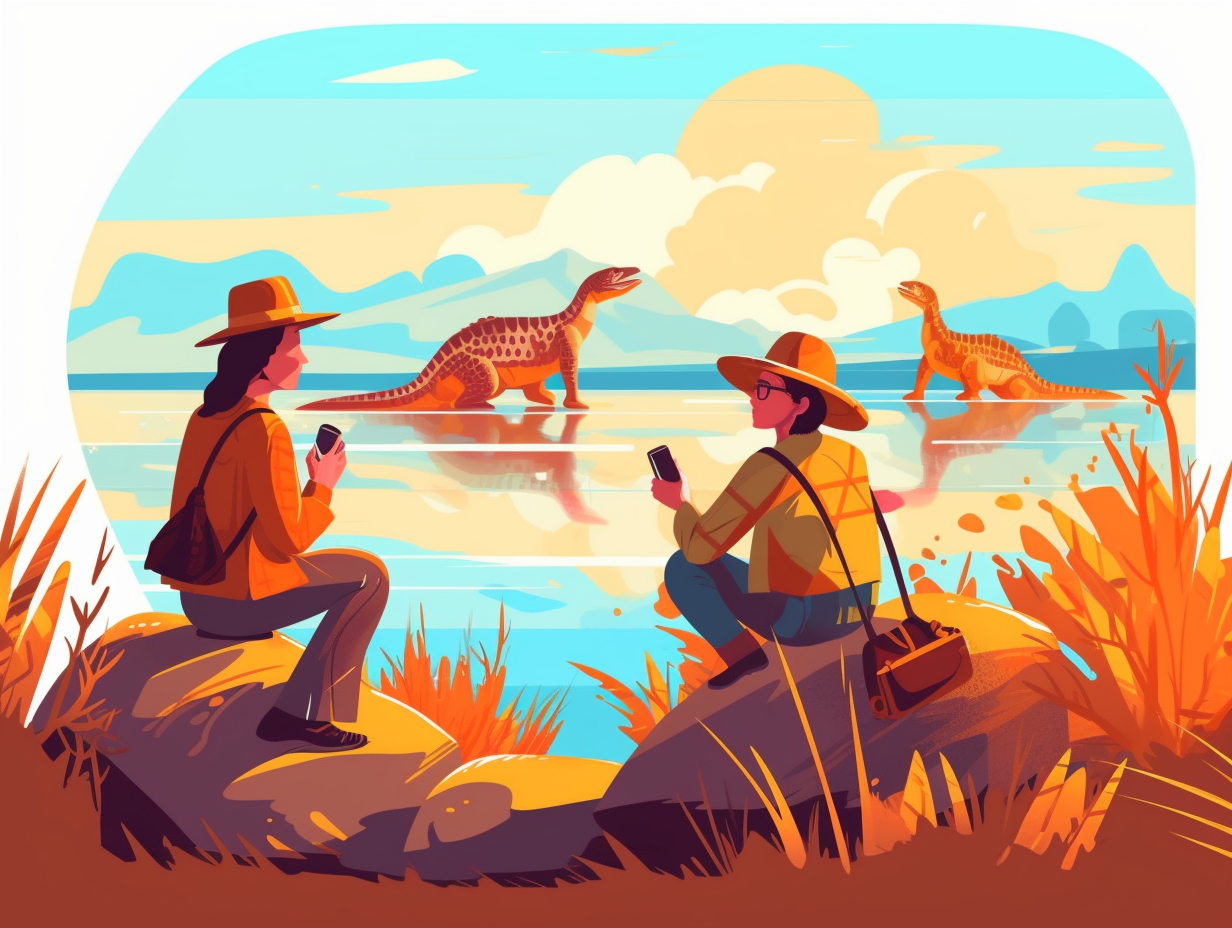
Did you know that the Galapagos Islands have names straight out of a fantasy novel, inspired by the unique creatures, historical figures, and religious references found there? 🐢🏝️✨
=> Fun Facts about The-Galapagos-Islands
3. Ambitious Te Tokanga
In a classic case of "go big or go home," the ancient Rapa Nui people took it to the extreme when they started carving out Te Tokanga — but never finished the job: The largest moai ever attempted on Easter Island, Te Tokanga stands over 20 meters tall and weighs a whopping 270 tons, abandoned in its quarry as an eternal reminder of ambition and mystery.
Source => en.wikipedia.org
4. Statue-Lifting Workout
Who needs a gym membership when you've got giant statues to lift? The ancient Rapa Nui people sure knew how to get a full-body workout: Using large tree trunks, they hoisted the massive Moai statues upright in place, after carving the heads and front sides while the statues lay on the ground. The tallest statue, Paro, stood at a whopping 33 feet high and might have sported a vibrant red hue during ceremonies. Plus, these statues doubled as art canvases, with intricate petroglyphs etched on their backs, symbolizing family or group affiliations. All this sculpting magic happened with the help of volcanic tuff sourced from the local Rano Raraku volcanic cone, and recent archaeological discoveries have finally allowed us to unravel the mystery behind these jaw-dropping monoliths.
Source => forbes.com
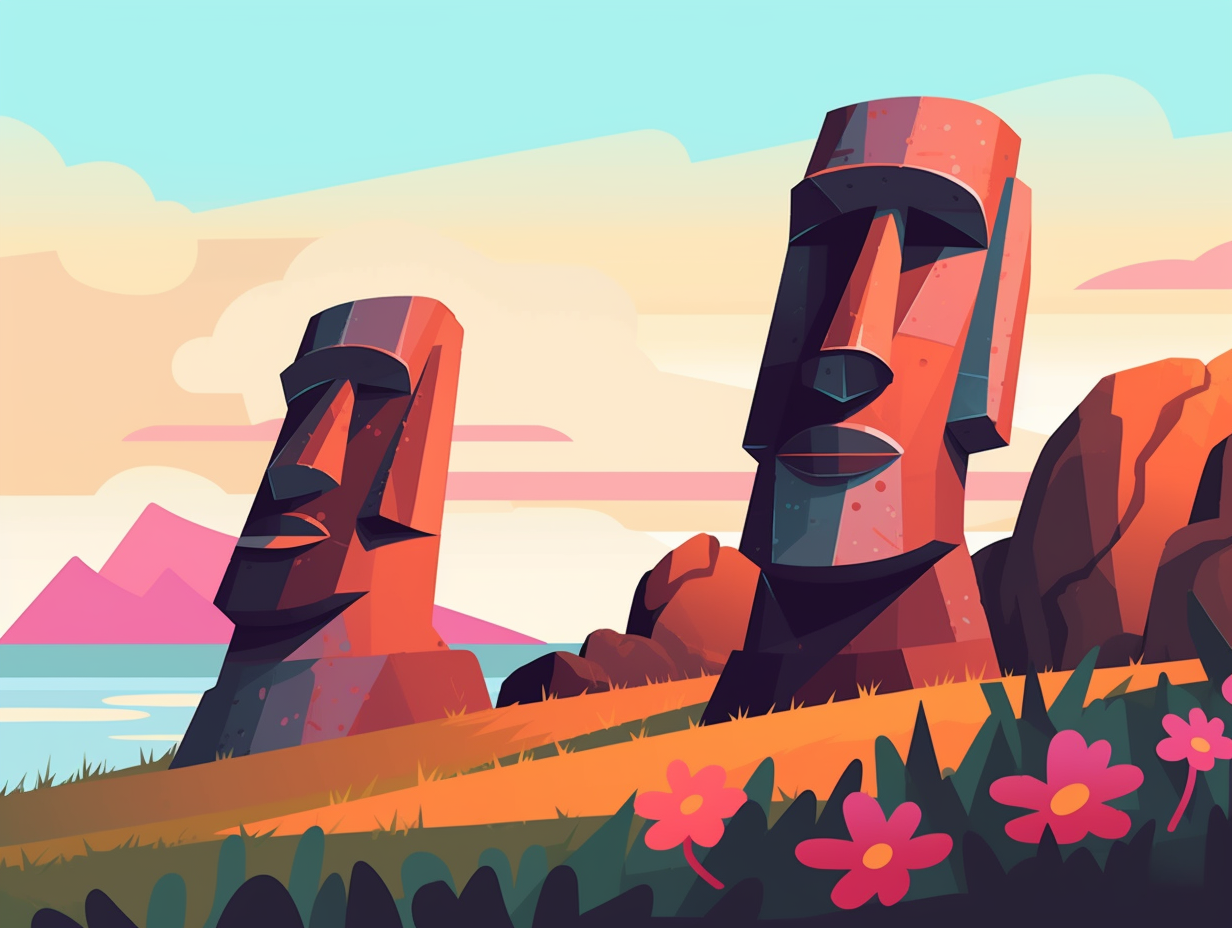
5. El Gigante's Size Conundrum
If the ancient inhabitants of Easter Island started a rock band, they'd surely name it "Huge Statues and Impossible Moves": The largest Moai on the island, "El Gigante," measures a sky-scraping 72 feet tall and weighs a mind-blowing 160-182 metric tons, which experts deem too colossal for the islanders to have ever moved. To put that into perspective, the tallest one they did manage to erect, Paro, stands at a still-impressive 33 feet high and weighs 75 metric tons.
Source => atlasobscura.com
6. Remote Island, Easy Airways
If you thought a party on a remote island only happens in fictional movies, think again: Easter Island, known for its mystical Moai statues carved from volcanic rock, not only boasts of these enchanting archaeological marvels but also has two airports – Mataveri International Airport and Hanga Roa Airport – connecting travelers to Santiago, Chile and other destinations in the blink of an eye.
Source => flightconnections.com
7. GPS: Giant Polynesian Statues Edition
In a world where GPS was just a twinkle in Galileo's eye, Dutch explorer Jacob Roggeveen serendipitously named his latest discovery after the calendar's finest chocolate egg-laying bunny bash: Easter Island, also known as Rapa Nui, entered the history books on Easter Day, 1722. Located nearly 1,100 miles away from its nearest Polynesian neighbor, Pitcairn Island, the remote island's landscape boasts rugged volcanic cones, lava flows, and gigantic moai statues—almost 1,000 of them, some standing tall at 30 feet and hefty at 80 tons—craftsmanship that continues to inspire pride and joy among their modern-day descendants who are keeping the island's languages and arts alive.
Source => smithsonianmag.com
8. Moai Transport Gym Techniques
Those Moai statues must have been hitting the gym: it's believed they were moved across Easter Island using techniques like sleds, swiveling, and rocking from side to side! The exact method of the Rapa Nui people's personal trainer remains a mystery, but various theories have flexed their creative muscles trying to crack the code.
Source => pbs.org
9. Mysterious Moai Purpose
When the going gets tough, the tough get sculpting: on Easter Island, colossal stone statues called moai, which stand up to a staggering 30 feet tall, were meticulously crafted by its Polynesian inhabitants between the 13th and 16th centuries, leaving us utterly baffled about their purpose even today, more than 300 years after their discovery by Jacob Roggeveen in 1722.
Source => scihi.org
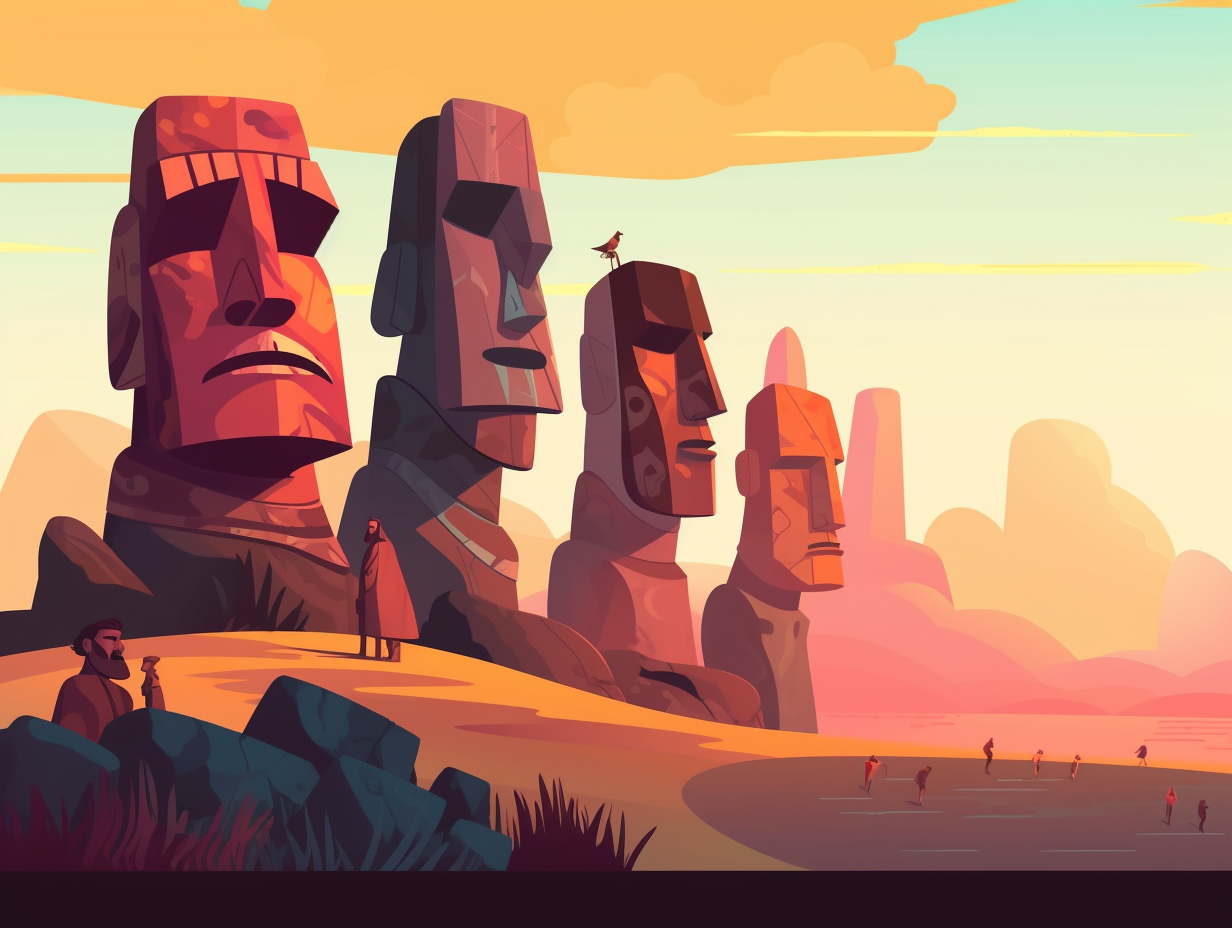
10. Moai Workout - Ancient Edition
Ever heard of ancient statues in need of a workout? Turns out, the moai statues on Easter Island refused to budge into place without breaking a sweat (literally!): The Rapa Nui people masterfully used ropes, tree trunks, and good old human strength to move these gigantic spirits of ancestors, weighing around 14 tons each, onto their resting places atop the magnificent ahus between AD 1400 and 1600.
Source => pbs.org
11. Chickens, Rats & Broadway Ecology
If chickens clucked in harmony and rats squeaked a somber tune, Easter Island could've been a Broadway spectacle: The arrival of Polynesian settlers, along with chickens and rats, served as both sustenance providers and potential environmental destroyers, with rats being the prime suspects in the island's degradation and loss of flora and fauna.
Source => americanscientist.org
12. Statue Dancing Party
Who needs salsa when you've got statue dancing? Let's get ready to Moai-rumble: The ingenious Rapa Nui people "walked" the gigantic Easter Island statues into place by attaching ropes to either side and rhythmically rocking them side to side to the beat of a catchy chant, showcasing their extreme engineering abilities and unbeatable teamwork.
Source => artincontext.org
13. Superman's Vacation Destination
When Superman went on vacation, he picked Easter Island over San Marino: covering 164 square kilometers, this tiny speck in the Pacific Ocean has more land to flex its moai muscles than cities like San Marino or even the island of Nauru, making it the perfect getaway to unpack a rich history in between flexing selfies.
Source => mapfight.xyz
14. Stoned Moai Joke
Here's a real knee-slapper for all you rock enthusiasts out there: why did the moai statue refuse to leave the quarry? Because it was too "stoned" to move! Serious reveal: In Easter Island's Rano Raraku quarry, where the most refined Moai statues were carved, nearly half of the 400 statues were never completed or moved to their intended locations – probably because the statue-building era came to an abrupt end, leaving these masterpieces behind in their primal beauty.
Source => easterisland.travel

15. Stone-Faced Moai Selfies
If the Moai statues on Easter Island could talk, they'd likely say, "We're not just some stone-faced tourists taking a group selfie!" Astonishing, right? These colossal statues, known as Moai, were actually created by the Rapa Nui people and stand as a stoic testament to their cultural artistry: Over 900 of these giants, some towering above 30 feet tall, sprinkle the landscape, looking as puzzled as the scientists who still can't crack the mystery behind their purpose or seemingly impossible transportation to their final positions.
Source => en.wikipedia.org
Related Fun Facts

